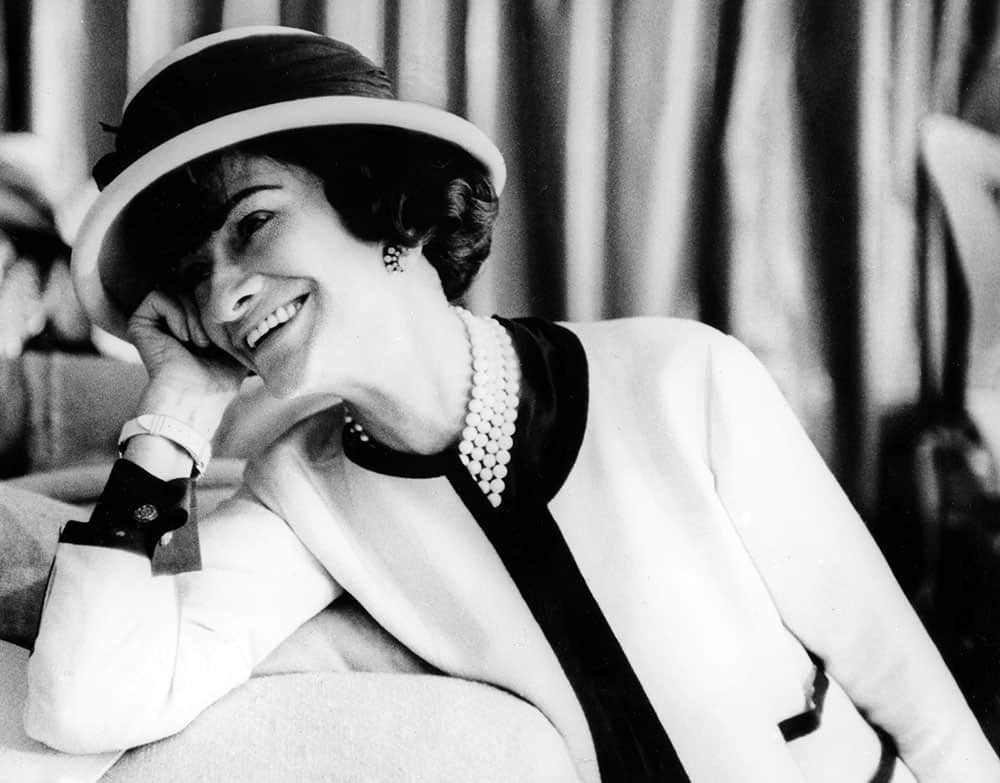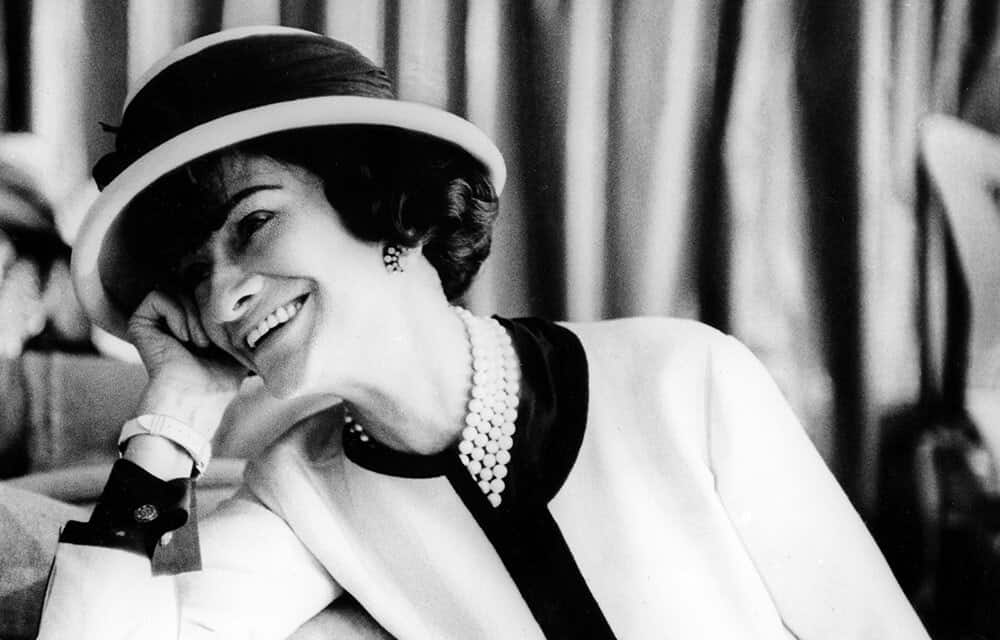French designer and business entrepreneur Coco Chanel revolutionized fashion, came up with one of history’s most popular perfumes and was an inspiration to millions around the world. Less known is that she was also a rabid anti-Semite who collaborated with the Nazis when the Germans conquered France in World War II. Below are thirty things about that and other lesser-known historic facts about businesses and business people.

30. The Twentieth Century’s Most Influential Fashion Designer
French fashion designer and businesswoman Gabrielle Bonheur “Coco” Chanel (1883 – 1971) dominated Paris’ haute couture scene for six decades. She came up with elegant casual designs that killed off uncomfortable nineteenth fashions such as petticoats and corsets. Her innovations include the “little black dress”, costume jewelry, the Chanel suit, and quilted purses. The most famous item associated with her name, however, is the first perfume she launched, Chanel No. 5. When Time magazine published its list of 100 most influential people of the twentieth century, Coco Chanel was the only fashion designer who made the cut.
Gabrielle claimed that Coco was a nickname given her by her father, but that is probably one of many untruths she made up about her family background. She reportedly got the name in her years as a cabaret singer, when she often performed a then-popular song called Who Has Seen Coco? Other accounts have it that it was a play on cocotte, the French term for a mistress. Yet another version has it that she was “called Coco because she threw the most fabulous cocaine parties in Paris“. However she acquired the name, she revolutionized the fashion business as Coco Chanel and inspired millions. Less known about her is she was a rabid anti-Semite, an admirer of Hitler, and a Nazi collaborator who worked as a spy for the Germans in WWII.

